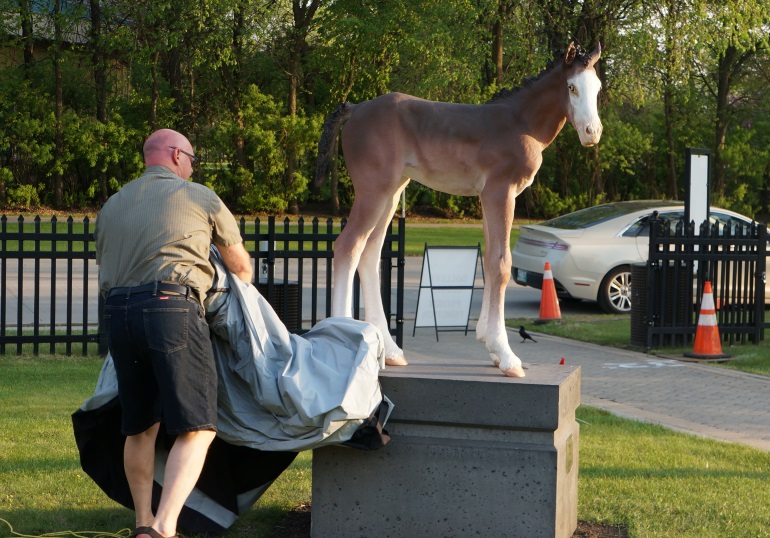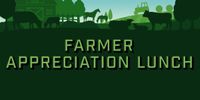The country of Paraguay has one of the highest rates of deforestation in the world, primarily due to the expansion of cattle farms. This is the main point of inspiration for Miriam Rudolph, this season's feature artist at the Gallery in the Park in Altona, which held its spring opening Thursday evening.
Rudolph was born and raised in a Mennonite community in Paraguay, but moved to Winnipeg in 2003 to study Fine Arts at the University of Manitoba. She has been a practising artist for the past 10 years. Her primary mediums are printmaking and copper etchings.
Her exhibition, titled disPOSSESSION, focuses on controversial issues taking place in her home country. There are two large installation pieces; one comprised of 145 paper tiles pasted against the wall called The Soy Field, and the other hangs from the ceiling and is called Seeds of Hope. There are also various small prints dispersed throughout the main floor of the gallery's interior.
"My work is always really personal and closely linked to either my own personal life or something I'm really interested in. I grew up in a socially and economically complex situation in Paraguay where fairly wealthy land owners, or European/Canadian/Mennonite settlers, are fairly well off, and we live side by side with rather poor indigenous communities and landless Latino peasants, and also large estate owners from the large Paraguayan Latino elite. You see a lot of poverty next to quite wealthy people, and I kind of wanted to know more about the whole situation and come to terms with it," Rudolph said.
Topics explored in the artist's work include displacement, land grabbing, the expansion of soy and beef production, indigenous land rights, peasant food sovereignty, deforestation, and the tradition of saving seeds.
"I do ask a lot of questions with my work. I make a few statements," she said. "Even though my work pertains to a very specific region in South America, I think a lot of the content relates to what is going on in Canada, more specifically here in Manitoba, also with agricultural practices and colonial history. So I think there are connection points and conversation points that I hope to make that way too."
Last year Rudolph had the opportunity to showcase her work to communities in Paraguay.
"It was largely very well received. There were some people obviously that found it quite controversial, but that's part of it too; I want to make people think, I want to start dialogues, I want to start conversations. So I was really happy with the reception of my work out there," she said.
Her exhibition will be on display until August 1.
"I'm really excited to be able to show my work here," she said. "I'm curious to see what kind of conversations my work will generate in a more rural setting, where there's also a lot of farming around ... I don't intend to be disrespectful in any way towards farmers, but I do think there's conversations that are important to have."
Other seasonal artists at the gallery include Terry Hildebrand, Kae Sasaki, and Barb Stafford McCluskey.
In addition to the welcoming of these artists, two sculptures were unveiled at Thursday's gala. One is a horse called Flowers by Joe Fafard, and the other, called Children by James Muir, is a young girl holding a doll.




















